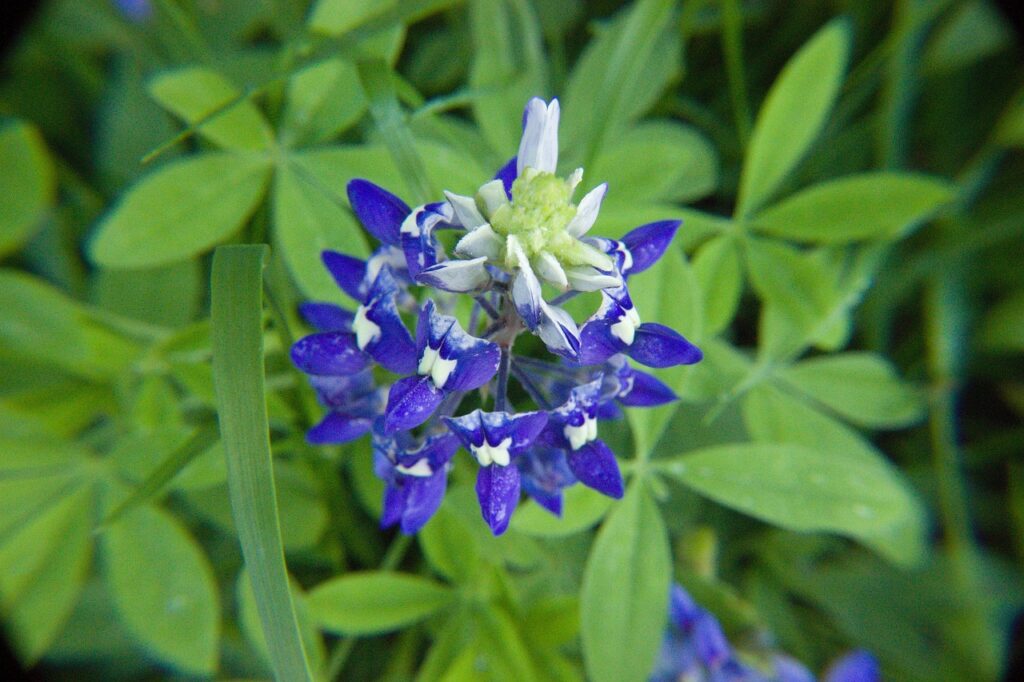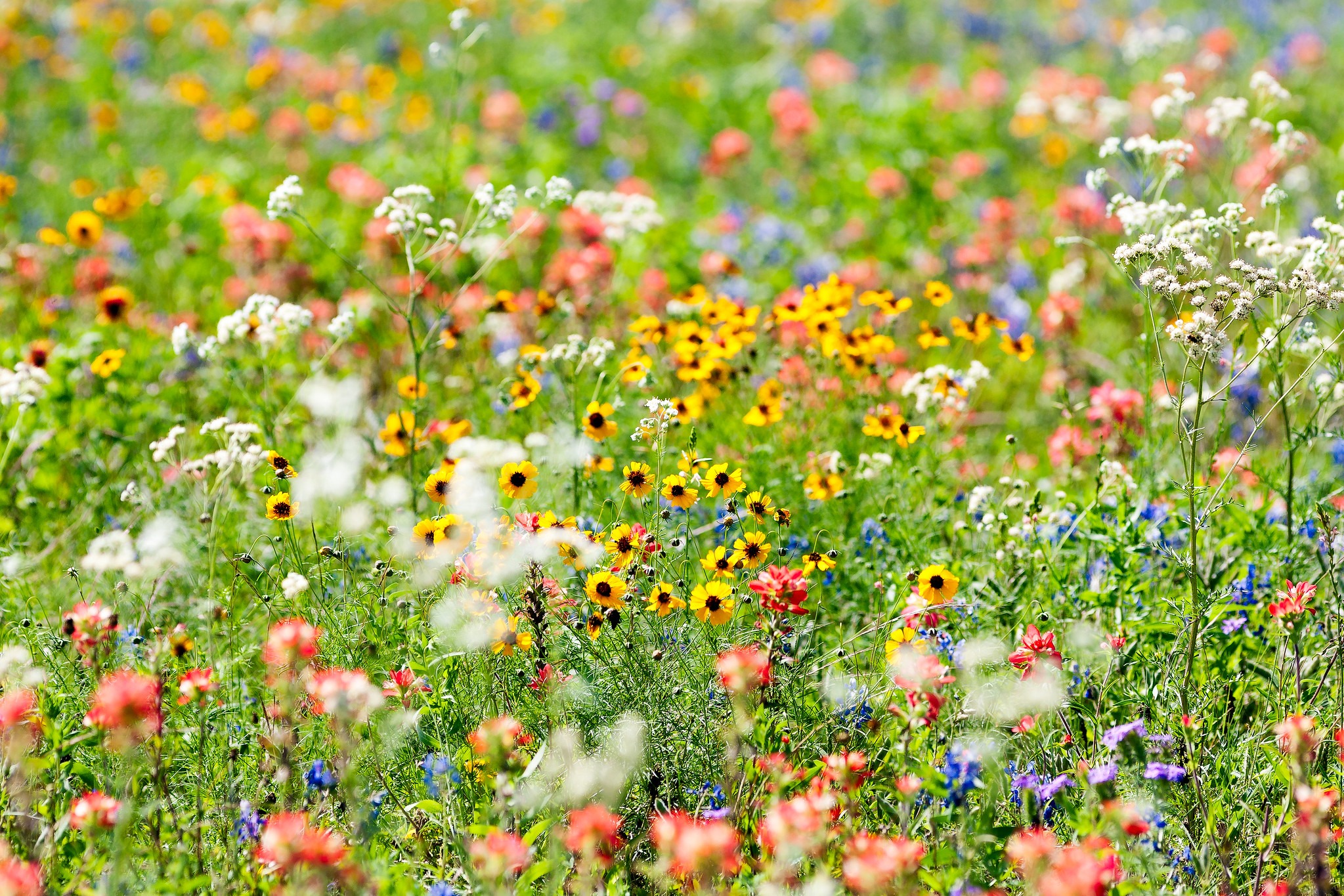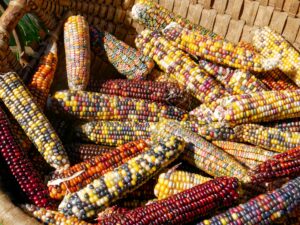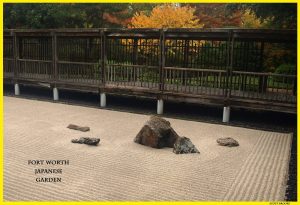
November is a busy month for gardeners and the best time to plan ahead for the year to come. Now is the time to plant trees, shrubs and perennials. Existing perennials should be divided. Bulbs such as daffodils and Dutch irises need to be planted.
It’s also time to plant wildflower seeds—and this is an opportunity you don’t want to miss. A little effort now can pay off with a glorious, pollinator-friendly display come spring.
“Texas is famous for its wildflowers, and if you’re lucky some may volunteer themselves in your yard,” said Sr. Horticulturist Steve Huddleston. “But for best results, plan ahead.”
Here are some steps to consider:
Select the best wildflowers for your location. Pick your seeds with care so that they are best adapted to local conditions and most attractive to local pollinators. The plant database at the Lady Bird Johnson Wildflower Center is an excellent resource to identify the best wildflowers for any given area, as is the Texas A&M Wildflowers in Bloom website. While fields of a single flower such as bluebonnets can be beautiful, a mix will extend the life of your wildflower garden, as different plants will bloom at different times. It will also sustain a greater variety of pollinators.
Prepare your site. Wildflowers need full sun—they require at least five to eight hours of direct light every day. They also need well-drained soil. Notice where water is left standing after a heavy rain—to make this area suitable for wildflowers, you would need to amend the soil. (Numerous resources are available about this online; here’s one from Central Texas Gardener.)
Before planting, remove weeds and grasses that would crowd out seedlings. Lightly rake the surface no more than one inch deep to loosen the soil.
Sow seeds. Scatter seeds by hand or with a handheld spreader onto the bare earth. It can be helpful to mix an inert material such as sand or perlite with the seeds to aid even distribution. Four parts material to one part seeds is a good ratio to aim for.
Do not cover the seeds with soil, but do press down on the area by walking or using a roller. It is important that the seeds are in contact with the soil but not covered with more than 1/16″ of soil. Some seeds will remain visible—that’s fine.
Provide water. Keep the soil evenly moist for the next four to six weeks so the seeds can germinate and develop. Go for light, frequent watering over deep, extended soaking. When the seedlings reach one to two inches tall, taper off regular watering. Wildflowers don’t need frequent watering, but do not allow the soil to dry out completely.
Remove weeds and unwelcome grasses. Aggressive grasses can sometimes hide wildflowers or even choke them out. You can remove weeds and grasses by hand, but be careful to distinguish wildflower seeds from unwelcome guests. If desired, the grass herbicide Ornamec 170 will remove grasses. (Make sure to observe all precautions and follow directions carefully.)
At this point, the success or failure of your wildflowers is up to Mother Nature. Extreme weather conditions such as sustained, heavy rains, flooding or excessive cold can limit wildflower growth.
After your wildflowers bloom, wait about two weeks to allow their seeds to mature fully. Then mow the area to a height of four to six inches. Mowing helps disperse seeds and allows sunlight to penetrate to lower-growing plants. If conditions are right and the area is maintained, wildflowers should reseed and bloom year after year. You can also collect and save wildflower seeds to expand your wildflower garden or share with friends.
Some people think wildflowers gardens look messy, but others believe they possess a unique natural beauty. If you prefer a tidy lawn with neat edges, wildflowers may not be for you. If you are comfortable with an informal, more natural look, consider adding wildflowers to your garden.
“One of the most amazing things about wildflower gardens is that they are never the same week after week. They constantly change as different flowers come into bloom and fade away,” says Huddleston. “It’s a wonderful thing to experience.”






